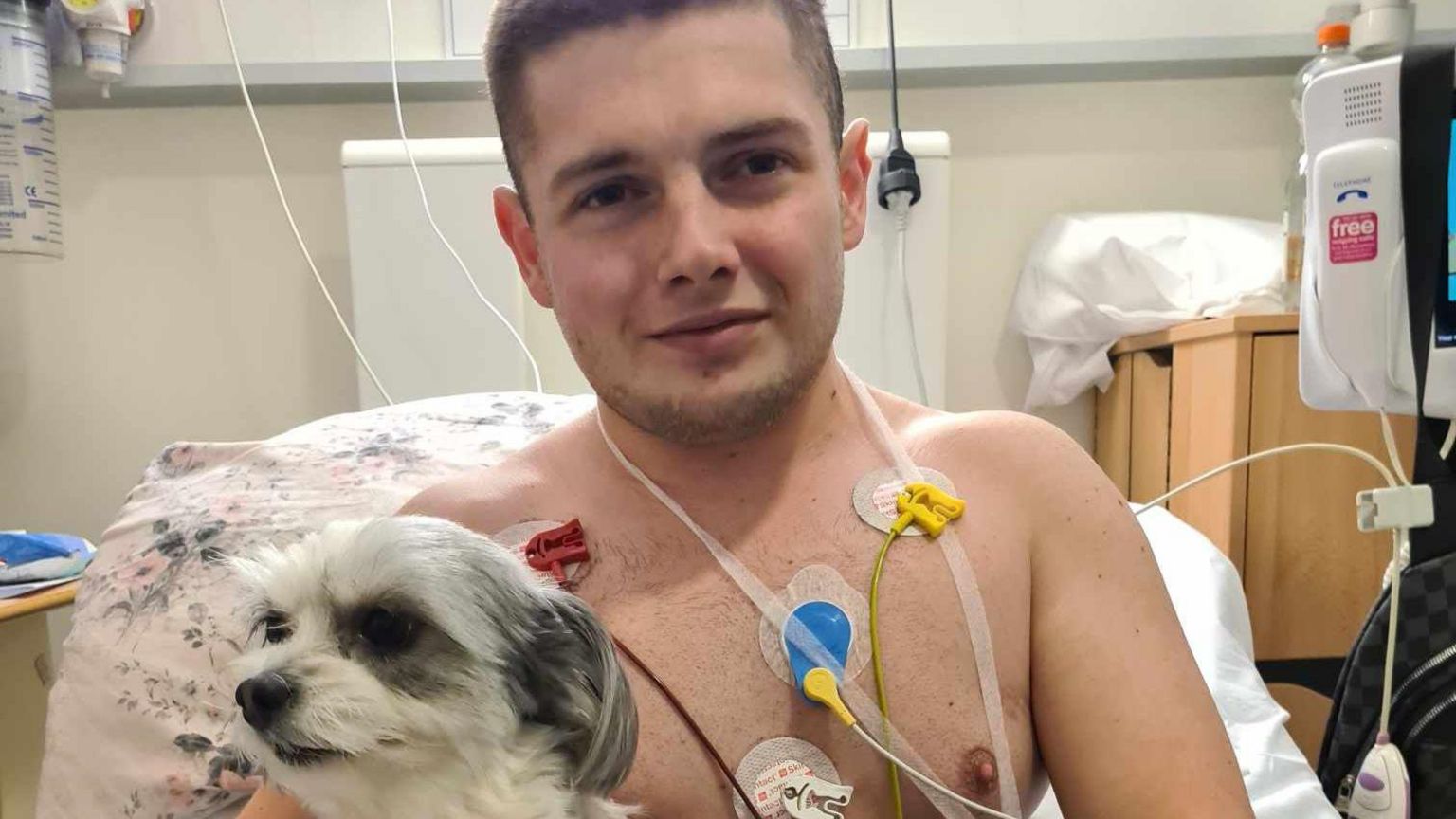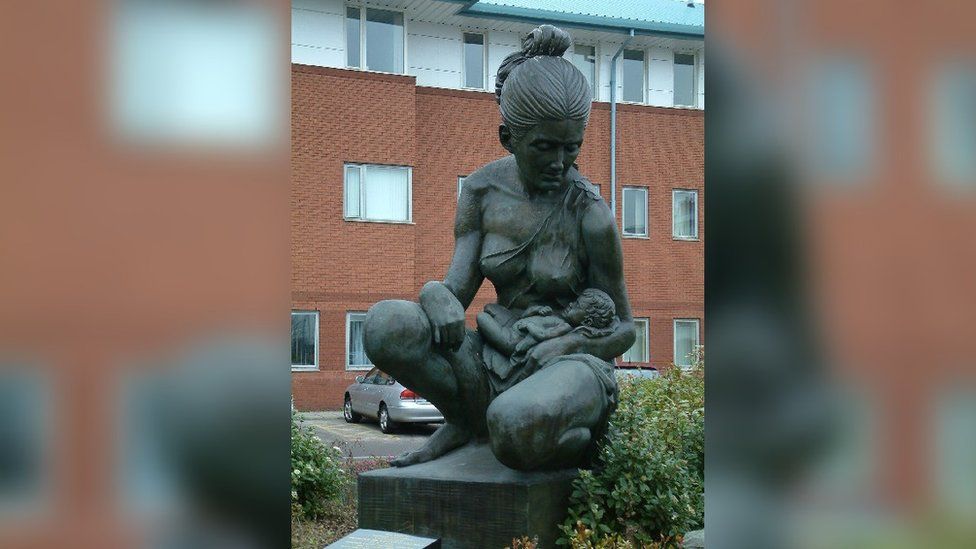Clinical trial plea for young man with failing heart
 Without a clinical trial, Louis O'Brien-Smith fears he will "keep deteriorating and probably die".
Without a clinical trial, Louis O'Brien-Smith fears he will "keep deteriorating and probably die".  Without a clinical trial, Louis O'Brien-Smith fears he will "keep deteriorating and probably die".
Without a clinical trial, Louis O'Brien-Smith fears he will "keep deteriorating and probably die".  A probe at Liverpool Women's Hospital finds delayed diagnosis and treatment of a pregnant black woman.
A probe at Liverpool Women's Hospital finds delayed diagnosis and treatment of a pregnant black woman.Read more https://www.bbc.co.uk/news/uk-england-merseyside-68300655